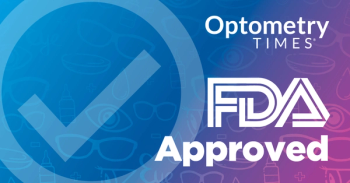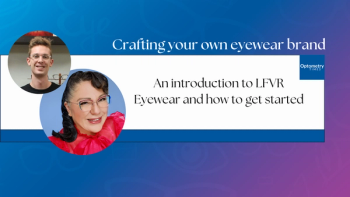
The refractive surgery future for cataract patients
Cataract surgery demand is set to grow as an increasing amount of baby boomers retire and enter old age, but the eyecare profession is not ready for the coming demand, says Dr. David Geffen, OD, FAAO.
Las Vegas-Cataract surgery demand is set to grow as an increasing amount of baby boomers retire and enter old age, but the eyecare profession is not ready for the coming demand, says Dr. David Geffen, OD, FAAO.
"Optometry has failed our patients," Dr. Geffen declared at a recent lecture at Vision Expo West. He was referring to the fact that while
The problem is, up until now, cataracts haven't exactly been the most lucrative field for most optometrists. But this is changing, Dr. Geffen says.
"There's a new paradigm shift," he said. "We're seeing cataract surgeries at a younger age these days, and cataract surgery has become a refractive surgery." This brings about
Today, the real question is how such patients can reduce their dependence on glasses by correcting their vision with the latest
"It's a life-changing thing in patients," he said, mentioning that new toric lenses such as AcrySof IQToric have resulted in an amazing level of depth to field improvements. It, along with various other lenses such as the STARR and TECNIS toric IOLs, have dramatically changed the field. But while the current line of lenses has shown much promise, Geffen says it came just in time.
"This is a very exciting time to be around," he said, describing the potential for treating future cataract patients. But with the baby boomers and their high level of expectations just around the corner, the new developments couldn't have come about at a better time.
Newsletter
Want more insights like this? Subscribe to Optometry Times and get clinical pearls and practice tips delivered straight to your inbox.


















































.png)


